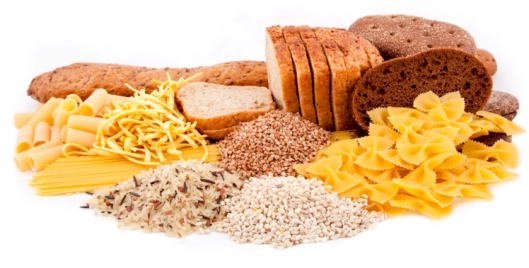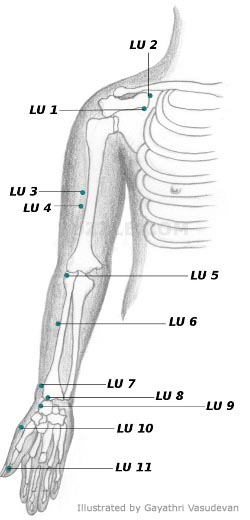COMPREHENSIVE NUTRITION SEMINAR ON APRIL 23rd 7-9 p.m. $25.00 RSVP 650-322-2809
*click on link below
To Carb or Not to Carb: That is the Question
By Clyde Wilson, PhD

We have a love-hate relationship with carbohydrate. Athletes rely on them. Dieters try to limit or avoid them altogether. Many of us crave them and would love to eat them all the time! The Institute of Medicine sets the Recommended Dietary Allowance (RDA) at 130 grams (520 Cal) per day specifically to meet the needs of the brain. So what should YOU do?
Carbohydrate is one of the toughest parts to get right in a healthy diet. It is necessary to fuel the brain and for optimum athletic performance, but at the same time it does have the propensity to make us fat. The reason carbohydrate intake is so complicated is because muscle tissue is limited in how quickly it can absorb carbohydrate. If you eat 100 Cal of carbohydrate most will go to lean tissue, but if you double this to 200 Cal you will still only get 100 Cal or a bit more going to lean tissue. The rest goes to body fat. Up it to 300 Cal and you will likely get less than 100 Cal going to lean tissue, and at 400 Cal you might have none going to lean tissue. The exact cut-off is dependent on the individual but the “tipping point” is around 200 Cal. One dessert or cup of cereal, rice, pasta, potato or bread (2-3 slices) ranges from 200-300 Cal. Now think about how much rice or pasta you eat with bread on the side followed by dessert on a regular basis. Scary.
The key to carbohydrate absorption boils down to insulin. Insulin is the hormone that tells cells throughout your body that you have eaten and it is time for them to absorb calories. As you eat more and more carbohydrate, more insulin is released into your bloodstream, telling all your cells to absorb more calories. Some of the carbohydrate entering muscle is converted to a specialized form of glucosamine known as acetylated glucosamine.Acetylated glucosamine inhibit sinsulin signaling within muscle, reducing how much carbohydrate further enters the muscle. (2) With less carbohydrate going to muscle more ends up going to fat.
One healthy way to consume carbohydrate is to only eat 100 Cal of carbs at a time. For most people, especially athletes and active individuals, this would mean eating at least 6 meals a day. Another way is to slow down the rate of carbohydrate digestion. Switching to whole grains such as brown rice, coarser breads and oatmeal slows digestion by 5-10%. The impact on weight loss and performance are therefore good but not great. The most effective way to slow the digestion of carbohydrate is to eat them with lots of vegetables. Vegetables take longer for the stomach to break down. Vegetables mix with the higher-calorie grains, and slow their digestion dramatically. Preliminary studies show that the effect is up to 10 times more powerful than switching from processed carbohydrates to whole grain carbohydrates. This enables the active person to increase their carbohydrate consumption to 300 or even 400 Cal in a meal as long as they consume enough vegetables with it to slow digestion. Vegetables can literally double the carbohydrate turning point before muscle shuts down.
What to do
· Eat between 100-200 Calories of carbohydrate in each of your meals, emphasizing whole grains like visually-coarse breads, brown rice, and plain oatmeal.
· If you need more carbohydrate, eat 2 cups of leafy greens or 1 cup of raw vegetables for every additional 100 Calories of carbohydrate.
· Cooked vegetables do not slow down digestion as much, so eat a little more of them than you would raw vegetables. Cook them el dente instead of to the point of mushiness.
· 100 Calories of carbohydrate = 1 slice of bread or 1/3-1/2 cup of cooked rice, pasta, potato, or most cereals
· Tomatoes and green peas are too soft to have much effect. Carrots and most fruits have too many calories to slow down the digestion of bread, rice, pasta and cereal.
*Read more about the upcoming seminar




 If you are looking to boost your immune system this flu season, acupuncture is something you should consider.
If you are looking to boost your immune system this flu season, acupuncture is something you should consider.